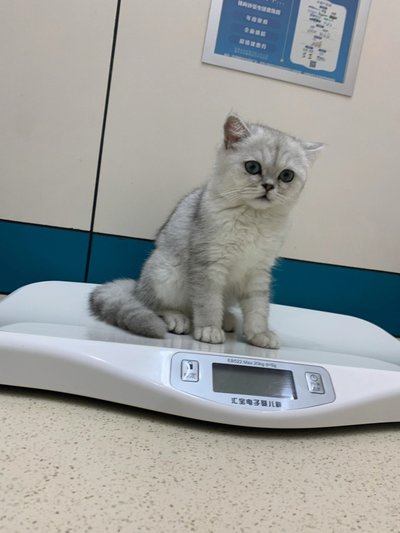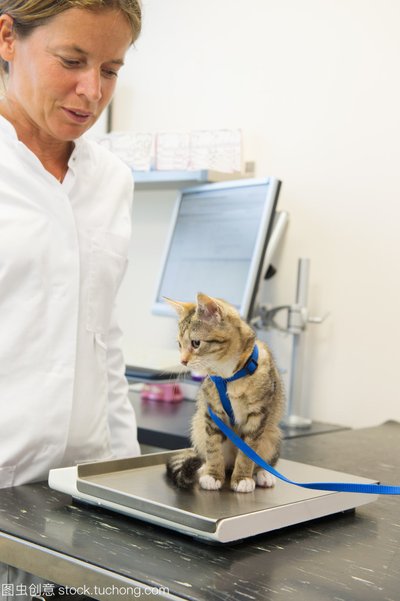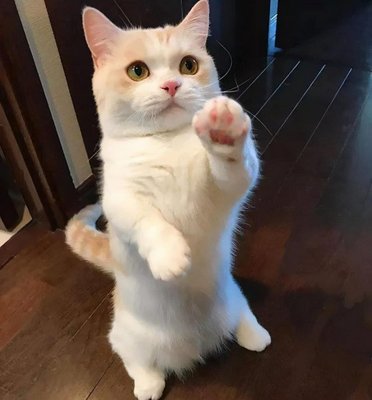A Healthy Weight for Your Cat
Would you know if your kitty needed to slim down? Fat cats are so common that you might not even realize yours is on the portly side. But overweight and obese cats now outnumber those at a healthy weight, and vets are seeing more super-obese cats, too.
“The problem for us is we like to spoil our cats, and the cats like to eat, so it’s easy to overfeed a little bit,” says Philip J. Shanker, DVM, owner of The Cat Hospital in Campbell, CA.
It’s something to take seriously. Even just a couple of extra pounds can make your pet more likely to get some health problems such as type 2 diabetes and make others, like arthritis, worse. It can even keep them from grooming themselves properly. Keeping off excess weight should lead to a healthier, happier cat.
Most domestic cats should weigh about 10 pounds, though that can vary by breed and frame. A Siamese cat may weigh as few as 5 pounds, while a Maine Coon can be 25 pounds and healthy.
Your vet can let you know if your cat is overweight, but there are some signs you can look for on your own, says Melissa Mustillo, DVM, a veterinarian at A Cat Clinic in Maryland. “Cats should have that hourglass figure when you’re looking down at them, they shouldn’t have a saggy belly hanging down, and you should be able to feel their ribs,” she says. (There is an exception: a cat that had been obese will likely still have a “saggy belly” after losing weight.)
How to Keep the Pounds Off
Vets say that cats’ weight gain usually comes down to the type and quantity of food they’re fed, along with plain old boredom.
“When they’re bored, they think, ‘I might as well go eat. … Oh, look there’s no food in my bowl, I’m going to bother mom for more food,’” Mustillo says.
And when they whine, many owners give in to keep their pets happy. But it is possible to prevent or curb weight gain:
Replace dry food with canned, which tends to have more protein and fewer carbohydrates. Canned food is also a good way to set distinct mealtimes for your pet. Many cats gain weight when owners leave out a bowl of dry kibble so they can eat all day long.
Cut back on treats. Cats do just as well with other rewards, like playtime with you.
Make your cat work for its food. Vets have found cats are healthier and calmer when their owners use “food puzzles,” which the cat must roll or manipulate to get treats out of. You can hide some in the compartments of a wine box or cut one or more small holes in a plastic bottle and fill it with kibbles. The puzzles slow down their eating while tapping into their natural instincts to hunt and forage.
If you have more than one cat, you may need to feed the overweight one in a separate room or put the healthy-weight cat’s food up high where the fat cat can’t go.
Consider using a microchip pet feeder, which makes the food only available to the animal that’s registered to that feeder. There are also special collar tags that are an alternative if your pet doesn’t have a microchip.
Before you put your cat on a diet, take them for a physical exam to make sure they don’t have an underlying medical problem. It might be enough to replace all-day grazing on kibble with defined meals. But a heavier cat may need to switch to canned diet food or a special prescription diet that has more protein, vitamins, and minerals per calorie.
Be patient, Mustillo says. “If your goal is [your cat] losing a pound, it might take a good 6 months, maybe up to a year. It’s very slow.”
And don’t freak out if your kitty’s on the curvy side, Shanker says. Your vet can help.
“If the cat’s a little bit full-figured, it doesn’t mean they’re going to die of heart disease,” he says.
One thing to remember: Don’t ever starve your cat. Cats, especially larger ones, can go into liver failure if they don’t eat for even a couple of days.
Post time: Sep-29-2024



